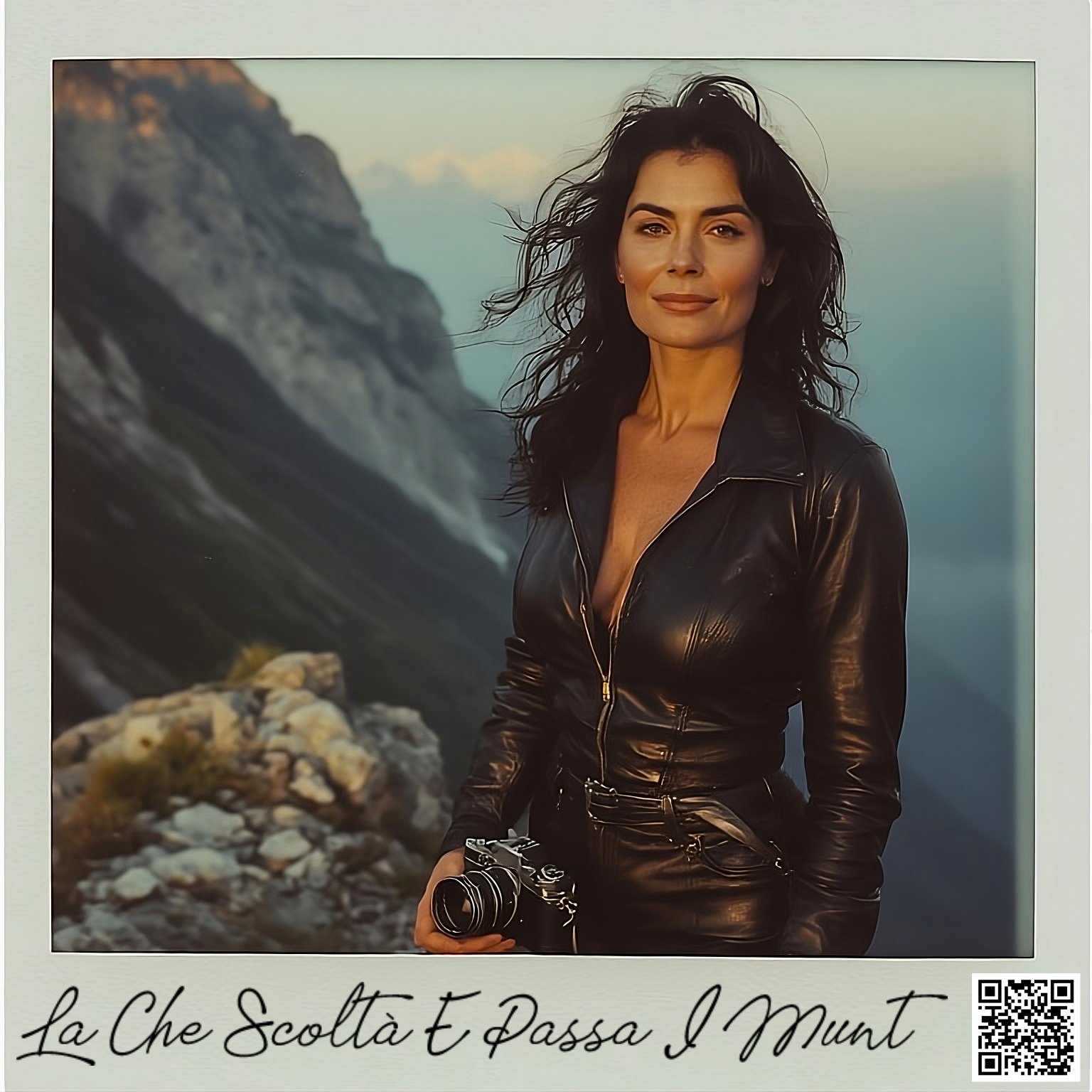Sunrise at Seventy: The Art of Reinvention, Resilience, and Becoming Fully Alive (AI Gen)
AI Gen Process/Software: Human, ChatGPT.com, Meta.ai, Producer.ai – DAW: Audacity 3.7.5, OS: Linux (Ubuntu 25.10) Reinventing Me – Full Album (1:05:02) Free MP3 (320 kbps) Download A Deeply Human Story of Aging With Intention, Breaking Old Identities, and Finding Liberation in Solitude, Wisdom, and Self-Trust “One of the great gifts of growing older is to discover … Read moreSunrise at Seventy: The Art of Reinvention, Resilience, and Becoming Fully Alive (AI Gen)









